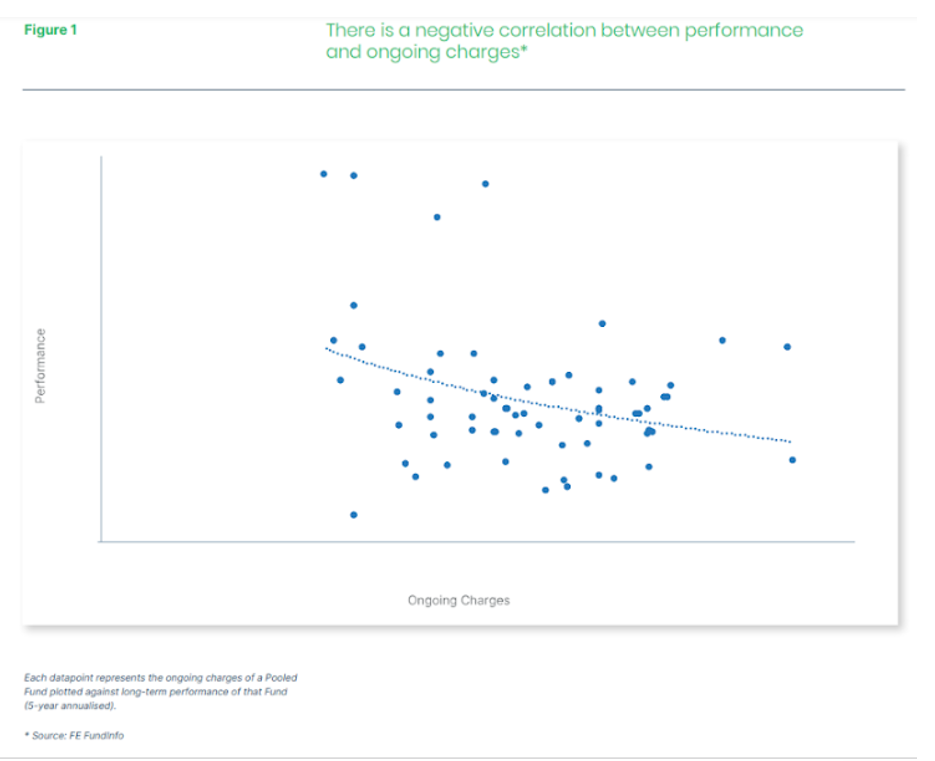Higher Fees Does Not Mean Higher Performance
- Kunal Varma
- Jul 21, 2022
- 2 min read
Updated: Jul 27, 2023
If you want a nicer garden, you hire the best gardener or landscaper, that’s common sense. How do you pick the best gardener? Reviews are great for this, but we largely rely on market forces to rank the best from the worst. We go with the best we can afford given our budget, in the confidence that we have made the right choice based on that. The general wisdom that if you want above-market returns, you have to hire the best and most expensive manager has come under strenuous debate in recent decades. While steering clear of the active vs passive debate that continues to rage on, we have dived into global active equities to see how this wisdom stacks up to reality.
Using five-year annualised gross returns and ongoing costs from FE fund Info, it is clear that not only do managers that charge more not earn higher returns, but they actually underperform the lower-cost managers. The graph below shows this link, showing that there is a negative correlation between ongoing costs and gross returns. The use of gross returns is important here, as this is the figure often used to compare the skill of the asset manager in achieving above-average returns, and is not adjusted for fees charged. Given there is a consistent trend of no excess returns for increasing ongoing costs, why would the rational investor buy into these funds?
From our analysis, the managers that offer the best value for money, holding the title of ‘Elite’ in the global active equities space are Baillie Gifford, Majedie Asset Management, and Wellington Management International. Some asset managers were notable for both underperforming and overcharging simultaneously. For them, the transition to ‘Elite’ is a relatively longer journey, but by transitioning to a lower-cost structure, they can move great strides in this direction.

This is not to say performance is not important, as even a single average percent performance in one fund above that of the average can lead to huge, compounded, returns over multiple years. However, the same logic is applied to fees also, with what may seem like small variations in fees leading to considerable additional costs over time, ultimately reducing the net returns for asset managers, and hence for everyday savers invested in them. However, unlike performance, which is a notoriously difficult thing to predict, you can be very confident about what you are going to be charged in terms of ongoing costs and performance fee percentages – as these will be outlined clearly in your agreements and ClearGlass data can benchmark these for you against the market.
Therefore, by focusing on reducing fees, asset owners can take more control over their expected returns and avoid many of the risks associated with extremely high management fees in particularly volatile investments.
